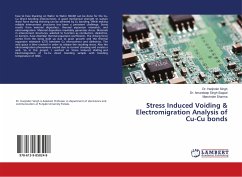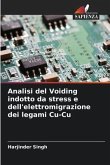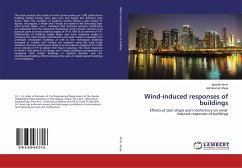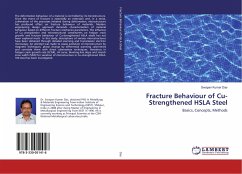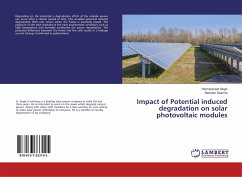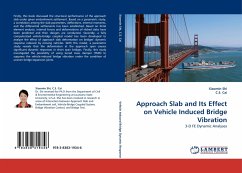Face to Face Stacking on Wafer to Wafer (WoW) can be done for the Cu-Cu direct bonding interconnects. A good mechanical strength to sustain shear force during thinning can be achieved by Cu bonding. While making reliable interconnect structures has been a persistent challenge. Stress results from material deposition, thermal expansion mismatch, and electromigration. Material deposition inevitably generates stress. Materials in interconnect structures, selected to function as conductors, dielectrics, or barriers, have dissimilar thermal expansion coefficients. The driving force comes from the stress built up due to grain growth and the thermal expansion mismatch (CTE) between Cu interconnect and dielectrics. The void space is then created in order to release the resulting stress. Also the electromigration phenomena caused due to current stressing and creates a void. So in this project, I worked on Stress Induced Voiding and Electromigration of Cu-Cu direct bonding sample with bonding temperature of 300C.
Bitte wählen Sie Ihr Anliegen aus.
Rechnungen
Retourenschein anfordern
Bestellstatus
Storno

